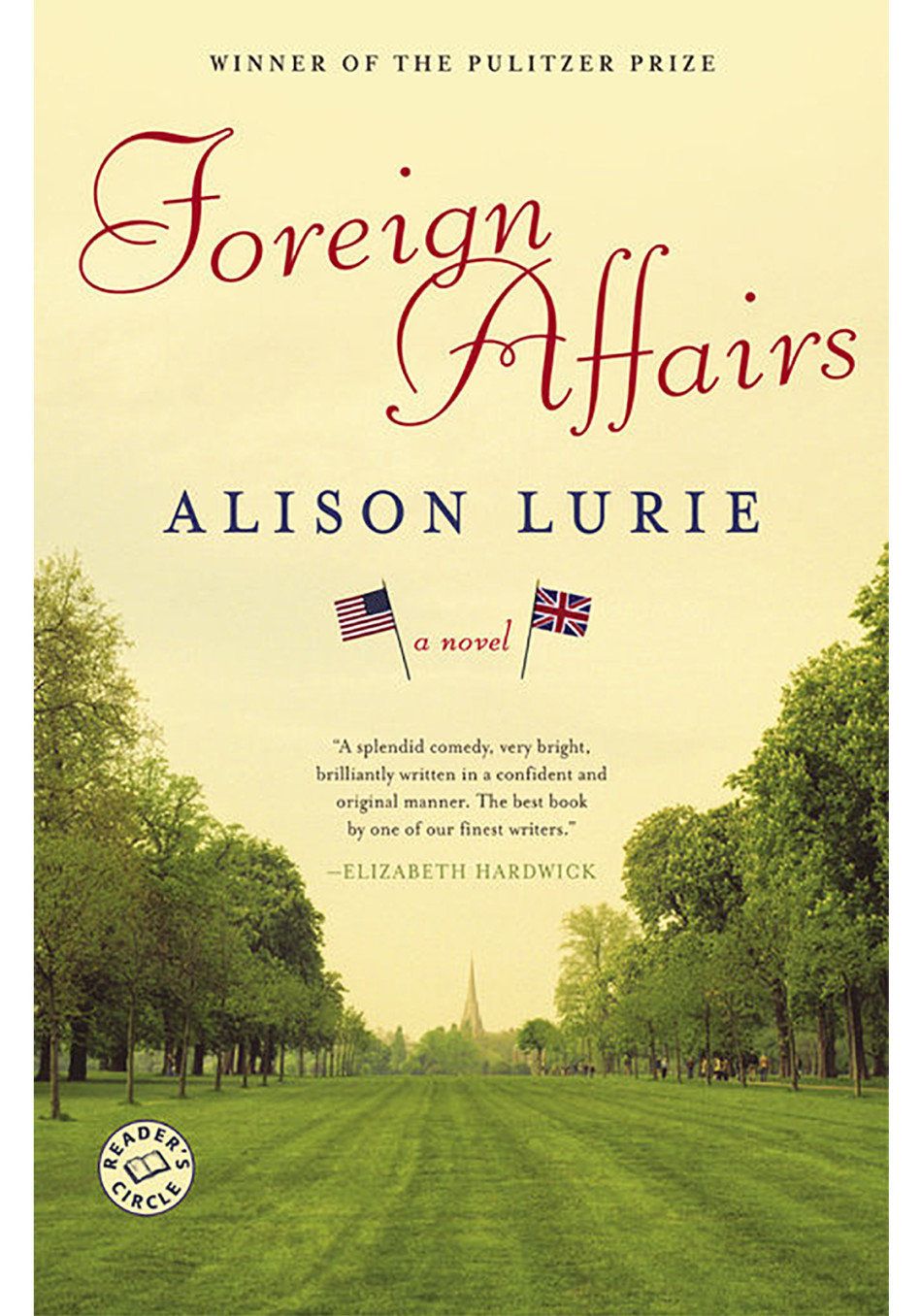
By Deborah Moggach
288 pages; Dial Press
Sex, art, flowers: It’s the 1630s in Amsterdam in Tulip Fever, and everybody is obsessed with at least one of the three. In the film version of Deborah Moggach’s 1999 novel, opening August 25, the center of attention is Sophia (Alicia Vikander), who’s a devoted wife to her aged merchant husband—until the introduction of the brooding artist hired to paint their portrait. Moggach’s novel delivers plenty of hot-and-heavy lust and betrayal, but she’s also done her homework on a remarkable moment in Dutch history, masterfully weaving in observations about religion and economics, delivered in prose as elegant as a Vermeer: “She is color, waiting to be mixed; a painting, ready to be brushed into life. She is a moment, waiting to be fixed forever under a shiny varnish.”
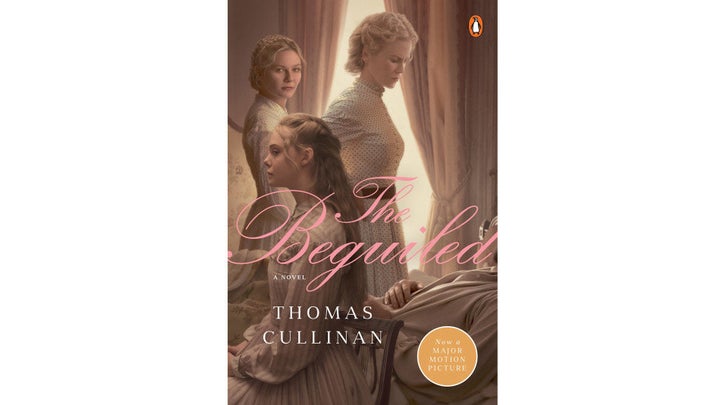
By Thomas Cullinan
384 pages; Penguin Books
Thomas Cullinan’s 1966 novel about the Civil War first hit theaters in 1971, with Clint Eastwood starring as an injured Union soldier taken in by the few girls remaining at a failing Virginia finishing school. Director Sofia Coppola’s take, opening June 30, focuses on the female characters—Nicole Kidman plays the headmistress, and Kirsten Dunst a teacher—who tend to the wounded soldier (Colin Farrell). Although Coppola’s version highlights the erotic drama that the soldier’s sudden presence generates, Cullinan’s novel is an unjustly forgotten historical tale that highlights how children are broken and reshaped by war: Each woman shares the narration, and each shares a heartbreaking tale of loss, separation and resilience.

By Melanie Joosten
256 pages; Scribe Publications
In Berlin Syndrome, opening May 26, Clare is a young Australian photographer visiting Berlin and hoping to find herself. Instead, she has the bad luck of finding Andi, a seemingly charming local who keeps her at his place for a night—and then keeps on keeping her, locking the doors and windows and refusing to set her free. Onscreen, the film is designed as a heart-pounding captivity narrative, with Andi as the hard-eyed sociopath, and Joosten’s 2011 debut novel takes a similar approach. However, by alternating the narrative between Clare and Andi’s heads, we get a dense and harrowing interior portrait of both of their motivations, from family drama to German political upheaval, underscoring her submission and his descent into madness.
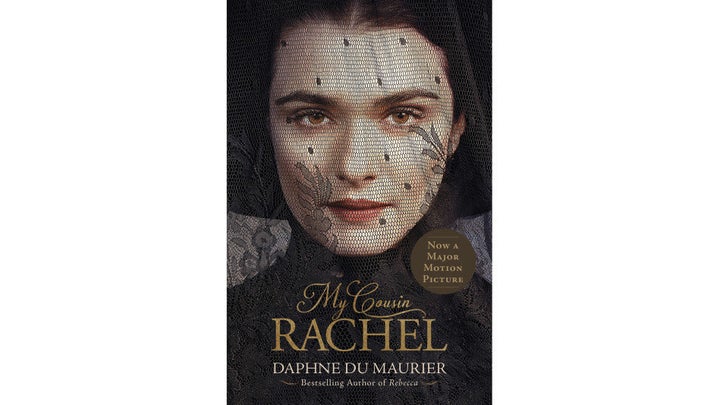
By Daphne du Maurier
400 pages; Sourcebooks
The 20th-century British novelist Daphne du Maurier had a knack for both delivering romantic drama and giving readers the creeps (her novels The Birds, Rebecca and Don’t Look Now were all acclaimed adaptations). The new adaptation of her 1951 novel, My Cousin Rachel, opening June 9, stars Sam Claflin as Philip, the inheritor of a large British estate who can’t decide whether his godfather’s widow, Rachel (Rachel Weisz), is truly in love with him or just scheming for his fortune. Director Roger Michell captures the gothic mood and puts the attractive pair through plenty of seductive poses, but du Maurier’s true genius was her psychological insight, and the novel, written from Philip’s point of view, dives deep into his confused feelings toward Rachel: “That warmth so unexpected, catching a man unaware and lifting him to rapture, then swiftly, for no reason, the changing mood, casting him back where he stood before.”
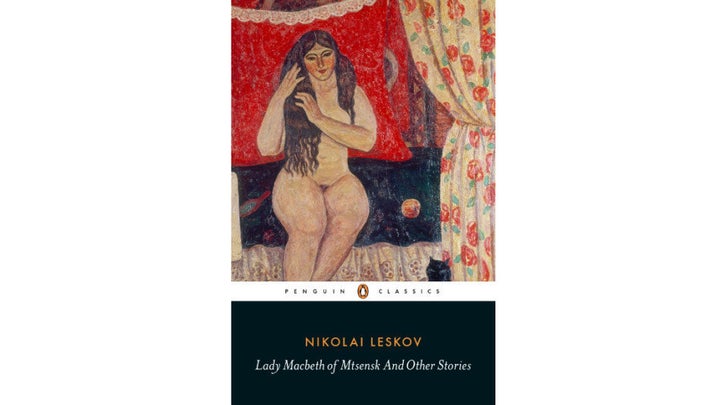
By Nikolai Leskov
432 pages; Penguin Classics
In Lady Macbeth, opening July 14, Florence Pugh plays a young woman who’s chafing against her kept-woman status in the British countryside. Bored, she takes a lover, and they’re so determined to keep their affair going that a murder or two ensues. However, Leskov’s original story, published in 1865, is Russian to the core. It was first published in a magazine run by Fyodor Dostoevsky, and though it can be read in one sitting, it’s a master class in the themes of big Russian novels: romance and war, class conflict, religion, hypocrisy, all tucked into a plot with the speed of a detective story.
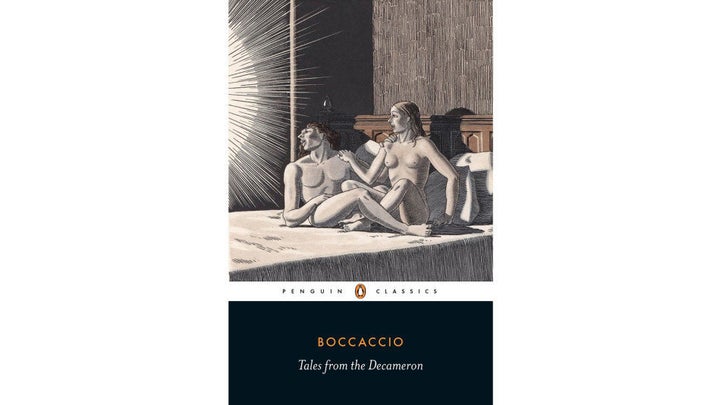
By Giovanni Boccaccio
352 pages; Penguin Classics
In The Little Hours, opening June 30, an Italian country servant stumbles onto a church filled with lusty, foulmouthed nuns (led by Alison Brie) and bumbling priests (played by Fred Armisen and John C. Reilly). Screenplay writer and director Jeff Baena’s provocative tale gleefully plays with the more human side of religious leaders, and that’s in keeping with his source: The Decameron. Written around 1350, The Decameron is a set of 100 tales about sex, religious hypocrisy and female empowerment that were shockingly open for their time. And though nobody drops f-bombs in the original, Boccaccio’s comedy remains as provocative as ever: When one nun resists the idea of sleeping with a servant by arguing that she promised her virginity to God, her companion snaps, “Oh, what a lot of things are constantly being promised Him which He never actually gets!”
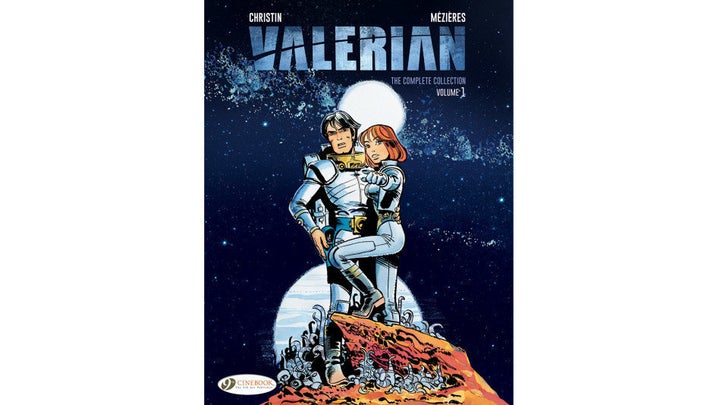
By Pierre Christin and Jean-Claude Mézières
160 pages; Cinebook
For his film Valerian and the City of a Thousand Planets, opening July 21, French science-fiction director Luc Besson has created a space opera for the 21st century, with a boy-and-girl interstellar agent team, plus some added star wattage from Clive Owen and Rihanna. The source for the film’s dazzling CGI action, though, is a more modest graphic novel series that actually anticipated Star Wars. Writer Pierre Christin and artist Jean-Claude Mézières invented Valerian and his sidekick, Laureline, in 1967, and their stories have stayed remarkably timely over nearly 50 years, tackling climate change, war, cultural differences and gender divides (Laureline is Valerian’s intellectual equal, though she has a hard time getting credit for it). The series combines the pleasures of a Tintin book with the extra benefit of (still) being on top of the news.
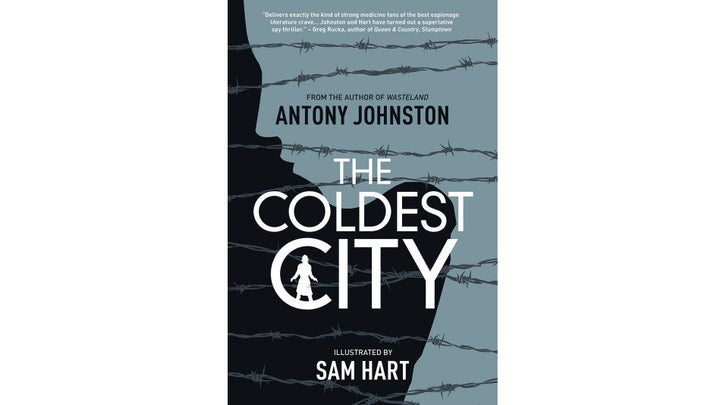
By Anthony Johnston and Illustrated by Sam Hart
176 pages; Oni Press
In Atomic Blonde, opening July 28, Charlize Theron plays Lorraine Broughton, a British secret agent who’s as comfortable getting the job done wearing seductive fishnets as she is brandishing a gun or throwing an elbow into the face of a bad guy. At the tail end of the Cold War, Lorraine heads to the gray streets of Berlin on a mission to find out who’s killing her fellow spies—which remains true the storyline of The Coldest City, Anthony Johnston’s graphic novel that inspired the film. However, the original book is more noirish than sexy, and Johnston’s version of Lorraine is much likelier to deploy her wit than her fists as she untangles a scheme thick with double crosses. The shadowy black-and-white imagery of the graphic novel helps deepen the mood, evoking an especially dark episode of The Americans or one of John le Carré’s brainy spy thrillers.

By Stephen King
288 pages; Scribner
A teenage boy is caught in an epic struggle between the Gunslinger (Idris Elba) and the Man in Black (Matthew McConaughey) in this long-awaited film treatment (opening August 4) of Stephen King’s merger of science fiction, western and ancient fable. King’s eight-book Dark Tower series has been infamously hard to bring to the screen—Ron Howard and J.J. Abrams were both attached to the adaptation before finding it too unwieldy. Getting the epic onscreen meant trimming, and the film version reportedly dispenses with Eddie and Susannah, two fan-favorite characters. Go to King’s first book not just for the deeper backstory but also to watch him work masterfully outside the horror genre. Set against a barren landscape, the novel manages to wrestle with questions about good and evil while avoiding the expected blood and gore.
Support HuffPost
Our 2024 Coverage Needs You
Your Loyalty Means The World To Us
At HuffPost, we believe that everyone needs high-quality journalism, but we understand that not everyone can afford to pay for expensive news subscriptions. That is why we are committed to providing deeply reported, carefully fact-checked news that is freely accessible to everyone.
Whether you come to HuffPost for updates on the 2024 presidential race, hard-hitting investigations into critical issues facing our country today, or trending stories that make you laugh, we appreciate you. The truth is, news costs money to produce, and we are proud that we have never put our stories behind an expensive paywall.
Would you join us to help keep our stories free for all? Your contribution of as little as $2 will go a long way.
Can't afford to donate? Support HuffPost by creating a free account and log in while you read.
As Americans head to the polls in 2024, the very future of our country is at stake. At HuffPost, we believe that a free press is critical to creating well-informed voters. That's why our journalism is free for everyone, even though other newsrooms retreat behind expensive paywalls.
Our journalists will continue to cover the twists and turns during this historic presidential election. With your help, we'll bring you hard-hitting investigations, well-researched analysis and timely takes you can't find elsewhere. Reporting in this current political climate is a responsibility we do not take lightly, and we thank you for your support.
Contribute as little as $2 to keep our news free for all.
Can't afford to donate? Support HuffPost by creating a free account and log in while you read.
Dear HuffPost Reader
Thank you for your past contribution to HuffPost. We are sincerely grateful for readers like you who help us ensure that we can keep our journalism free for everyone.
The stakes are high this year, and our 2024 coverage could use continued support. Would you consider becoming a regular HuffPost contributor?
Dear HuffPost Reader
Thank you for your past contribution to HuffPost. We are sincerely grateful for readers like you who help us ensure that we can keep our journalism free for everyone.
The stakes are high this year, and our 2024 coverage could use continued support. If circumstances have changed since you last contributed, we hope you’ll consider contributing to HuffPost once more.
Already contributed? Log in to hide these messages.
Related
Before You Go
